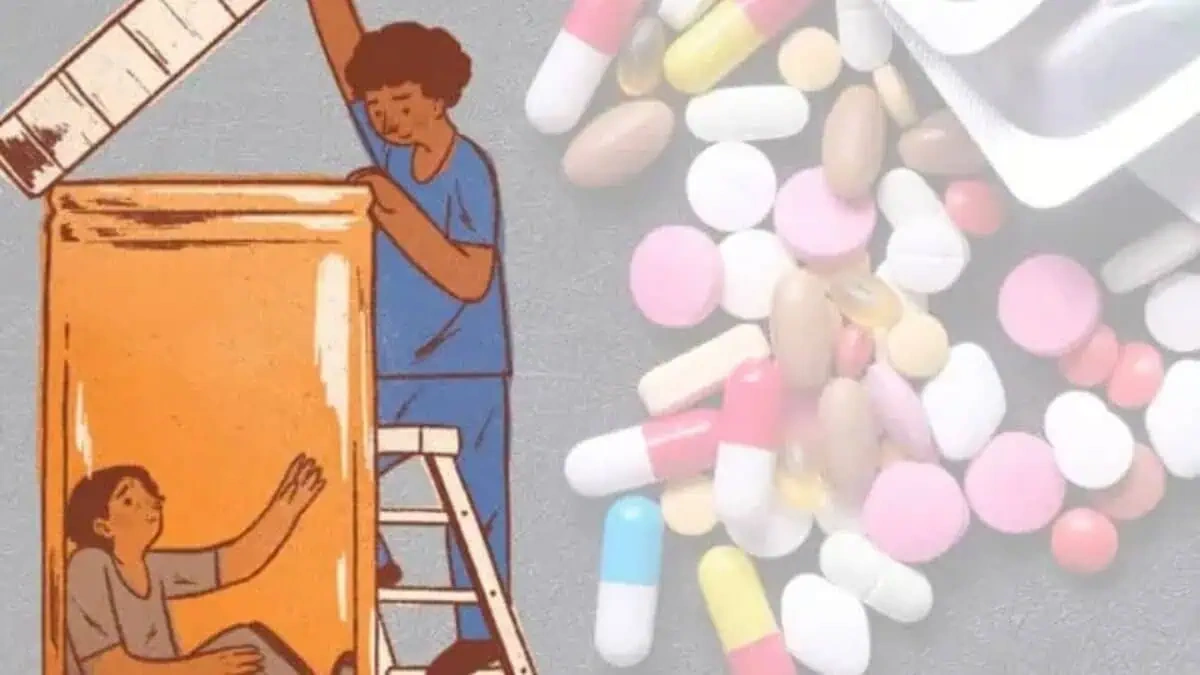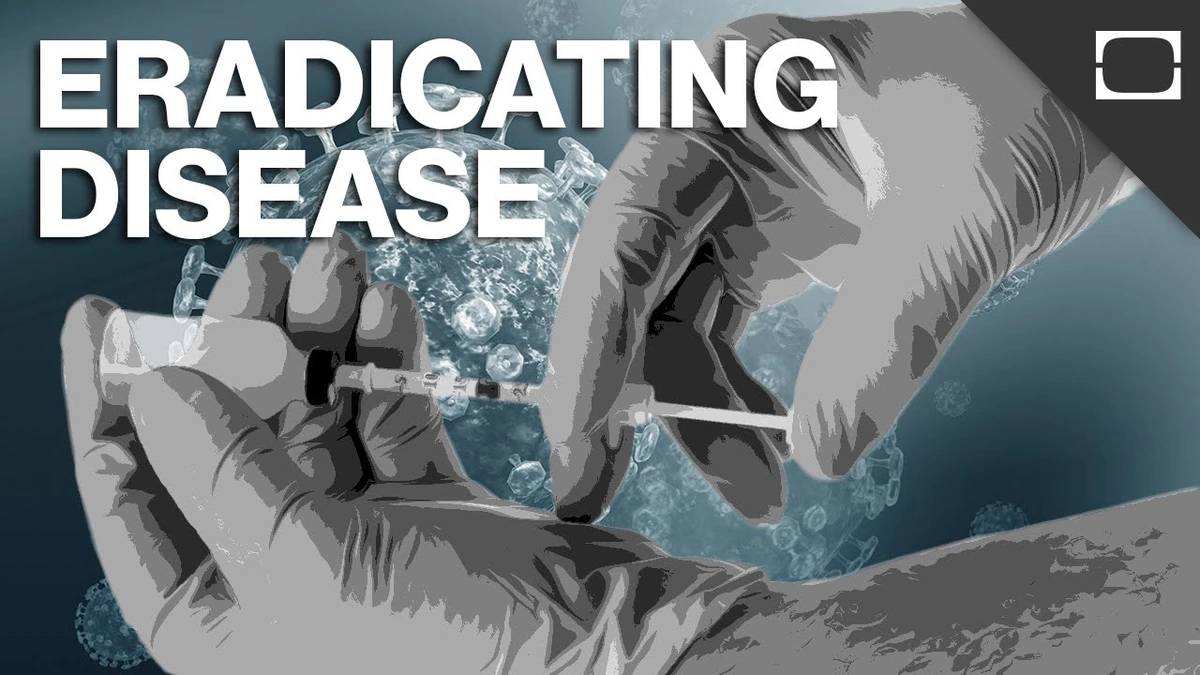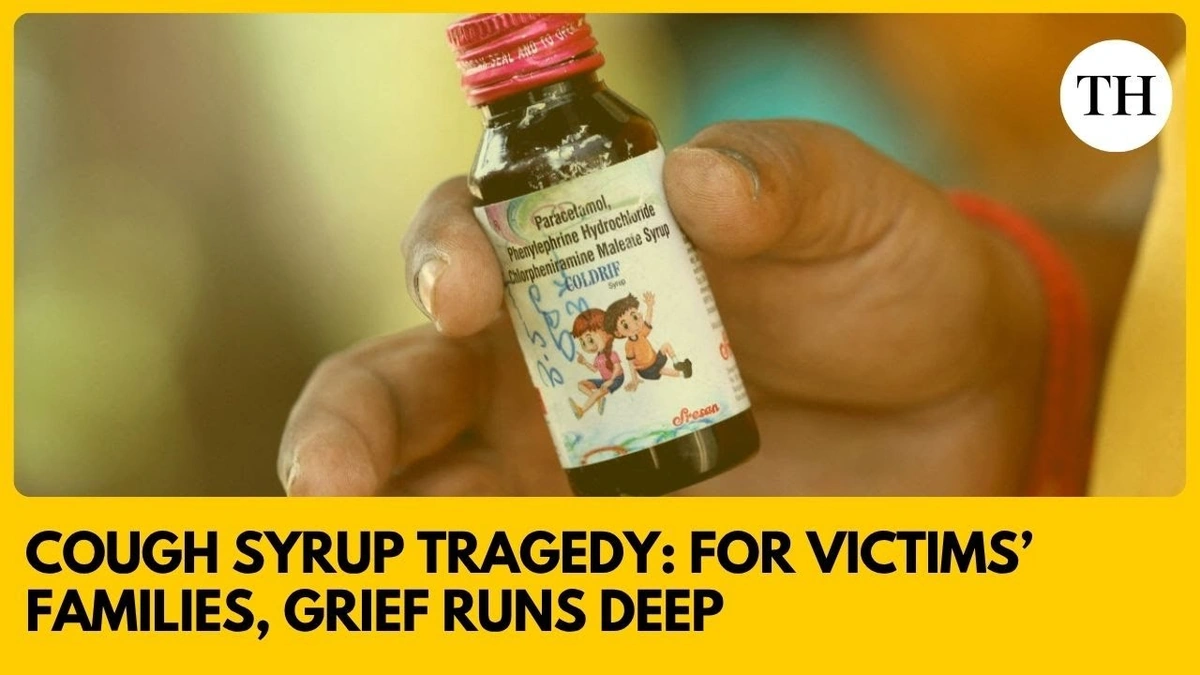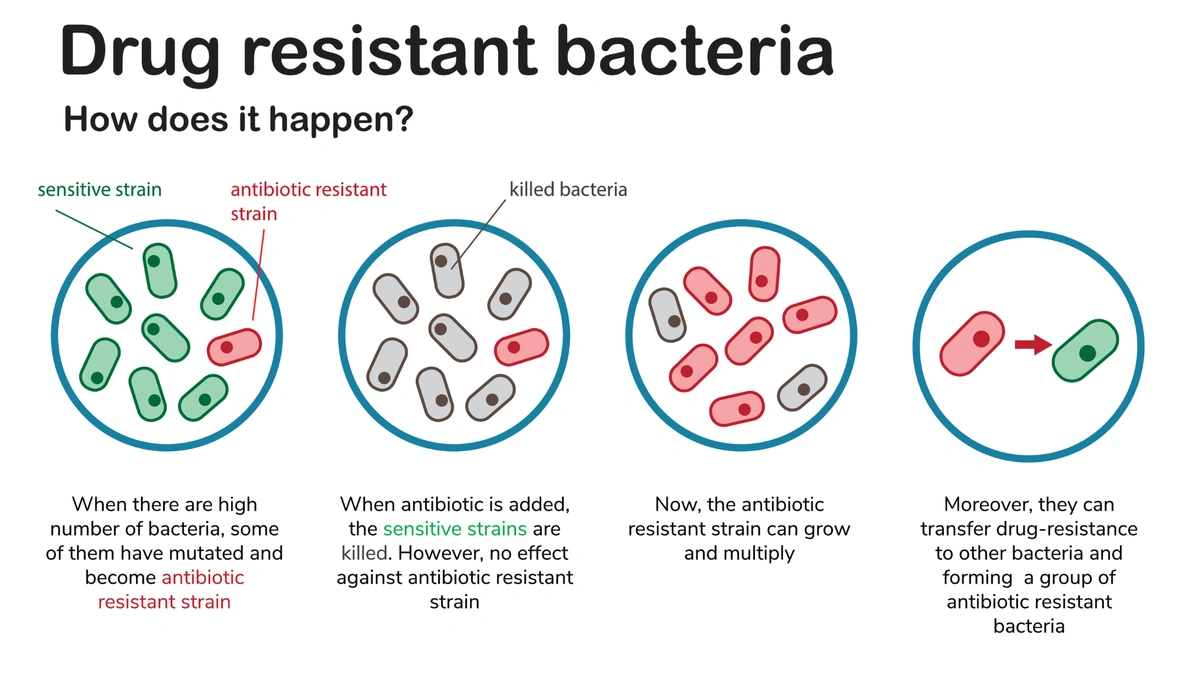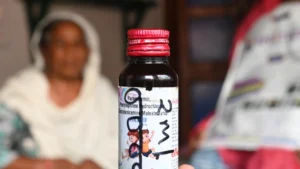The Unspoken Epidemic: Rising Youth Mortality Amidst Global Health Gains
We celebrate advancements in healthcare, longer lifespans, and declining rates of many diseases. But, let’s be honest, there’s a shadow lurking behind these achievements. An uncomfortable truth: youth mortality , specifically among adolescents and young adults, is stubbornly persistent, and in some regions, even on the rise. What fascinates me is that this is happening even as overall global health improves. It’s a paradox that demands our attention. Why are we losing our young people?
The Silent Numbers | Understanding the Scale

Adolescent mortality rates – let’s unpack that. We’re talking about deaths between the ages of 10 and 24. Globally, the leading causes are often accidental injuries (think road accidents), suicide, interpersonal violence, and complications related to pregnancy and childbirth. The thing is, these aren’t just statistics; they represent dreams cut short, potential unrealized, and families shattered. According to the World Health Organization (WHO), over 1 million adolescents die each year, largely from preventable causes. Imagine the collective impact that has on our future.
Socioeconomic Fault Lines | The Indian Context
In India, this issue takes on even greater complexity. We’re talking about a nation with vast socioeconomic disparities, limited access to healthcare in many regions, and deeply entrenched social norms that can contribute to increased vulnerabilities . Factors like poverty, lack of education (especially for girls), and early marriage all play a significant role. What initially seems straightforward quickly becomes clear: it’s a tangled web of interconnected challenges.
For example, consider the impact of child marriage. Girls who marry young are more likely to experience complications during pregnancy and childbirth, a major contributor to maternal mortality – which, in turn, contributes to youth mortality . Furthermore, limited access to education restricts opportunities and perpetuates cycles of poverty, further increasing vulnerability. The interplay of these factors creates a perfect storm, especially in rural areas.
Beyond the Obvious | Mental Health and its Toll
While accidents and infectious diseases are significant contributors to youth mortality trends , we can’t ignore the elephant in the room: mental health. The pressures faced by young people today – academic expectations, social media anxieties, unemployment – are immense. The stigma surrounding mental health issues prevents many from seeking help, leading to tragic consequences. Think about the pressure-cooker environment that many students face when preparing for competitive exams. The fear of failure, the constant comparison to peers, and the lack of support systems can take a devastating toll. What’s crucial is realizing that mental health is health.
What Can Be Done? A Multi-Pronged Approach
So, how do we tackle this multifaceted problem? There’s no magic bullet, but a comprehensive approach is essential.
First, we need to invest in accessible and affordable healthcare, particularly in rural areas. This includes ensuring access to reproductive health services, vaccinations, and treatment for common illnesses.
Second, education is paramount. Empowering young people, especially girls, through education can break cycles of poverty and improve health outcomes.
Third, we need to address the stigma surrounding mental health and make mental healthcare accessible to all. This includes training healthcare professionals to identify and treat mental health issues, as well as raising awareness in communities.
Fourth, creating safe spaces for young people to discuss their concerns and seek support is crucial. This could involve establishing youth centers, peer support groups, and online resources.
Fifth, policy interventions are needed to address issues like child marriage and gender-based violence, protecting vulnerable youth is a key part of increasing adolescent survival .
What it boils down to, is that collaboration between governments, NGOs, communities, and families is key to reversing this trend and supporting youth survival .
Investing in Tomorrow: Prioritizing Youth Health
The rising rates of youth mortality in many low income countries aren’t just a health crisis; they’re a development crisis. When we lose young people, we lose their potential contributions to society. We lose future leaders, innovators, and change-makers. What I initially thought was a grim statistic, I know now, represents a call to action.
Prioritizing youth health isn’t just the right thing to do; it’s the smart thing to do. Investing in the health and well-being of young people will pay dividends in the long run, creating a healthier, more prosperous, and more equitable future for all.
FAQ Section
Frequently Asked Questions
What are the main causes of youth mortality in India?
The primary causes include accidents (especially road accidents), suicide, infectious diseases, and complications related to pregnancy and childbirth. Socioeconomic factors like poverty and lack of access to healthcare also play a significant role.
How does mental health contribute to youth mortality?
Mental health issues, such as depression and anxiety, can lead to suicide, which is a leading cause of death among young people. The stigma surrounding mental health often prevents individuals from seeking help.
What can be done to reduce youth mortality rates?
A multi-pronged approach is needed, including investing in accessible healthcare, promoting education, addressing mental health stigma, and implementing policies to protect vulnerable youth.
Are there specific programs in India aimed at addressing youth mortality?
Yes, there are several government programs and initiatives focused on improving adolescent health, such as the Rashtriya Kishor Swasthya Karyakram (RKSK), which provides comprehensive healthcare services to adolescents.
What role does community awareness play in reducing youth mortality?
Raising awareness about key health issues, promoting healthy behaviors, and reducing stigma can empower communities to take action and support the well-being of young people. Creating supportive environments is essential.
What is the impact of early marriage on youth mortality rates?
Early marriage increases the risk of complications during pregnancy and childbirth, contributing to maternal mortality and, consequently, youth mortality . It also limits educational and economic opportunities.
